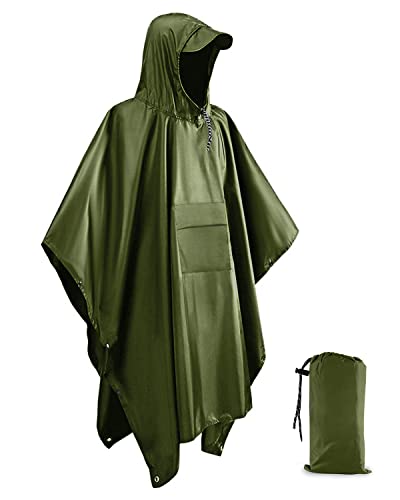Understanding the poncho
Before we dive into layering techniques, let’s start with the basics. A poncho is a loose-fitting outer garment that is typically made of a single rectangular or square piece of fabric with a hole in the center for your head. Ponchos are often made from warm and cozy materials like wool or fleece, making them an excellent choice for colder weather.
Start with a base layer
The key to keeping warm while layering a poncho is to start with a base layer. This layer should be made of a breathable and moisture-wicking material like merino wool or synthetic blends. By wicking away sweat and moisture from your body, the base layer helps to regulate your temperature and keep you dry. It also adds an extra layer of insulation, keeping you even warmer.
Add a mid-layer for insulation
Once you have your base layer in place, it’s time to add a mid-layer for extra insulation. This layer should be thicker and provide additional warmth. A cozy fleece or lightweight down jacket works well as a mid-layer option. Look for a mid-layer that is not too bulky, as you don’t want it to bunch up or feel uncomfortable under your poncho. It’s all about finding the right balance between warmth and mobility.
Choose the right poncho style and material
Not all ponchos are created equal when it comes to warmth and cold weather protection. When layering a poncho for colder weather, opt for a style that offers more coverage and has a snugger fit. Ponchos with hoods are also a great choice as they provide additional protection for your head and neck. When it comes to material, wool is one of the warmest options available. Look for a wool poncho with a high percentage of natural fibers for optimal insulation.
Finish with an outer shell
To complete your poncho layering for colder weather, consider adding an outer shell for wind and water resistance. This outer layer should be lightweight, packable, and breathable to ensure comfort and functionality. A waterproof or water-resistant shell material like Gore-Tex or nylon will help keep you dry in wet or snowy conditions. Make sure to choose an outer shell that is slightly larger than your base and mid-layers to accommodate the added bulk.






